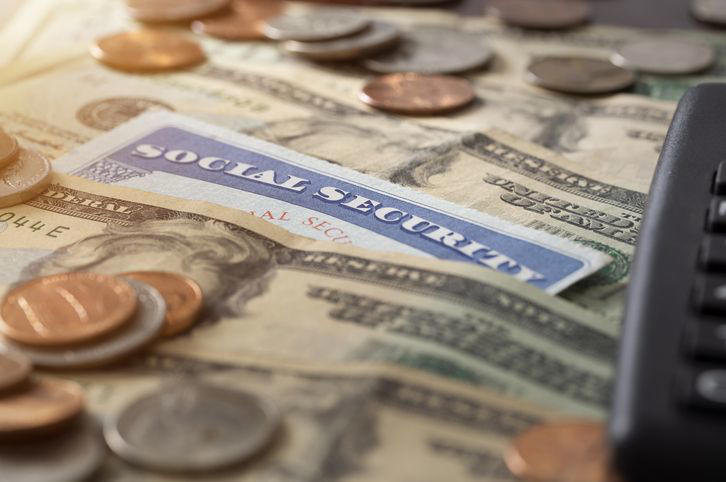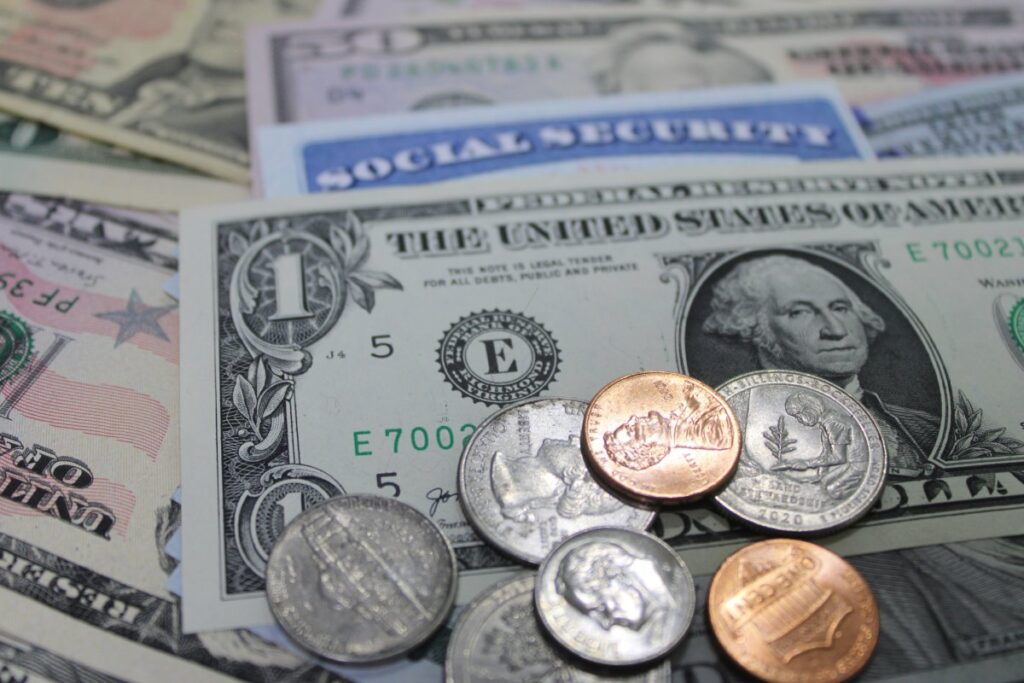In just a few weeks, millions of eligible Americans will receive their March Supplemental Security Income (SSI) payment, which can be as much as $967 for individuals.
This year, the Social Security Administration (SSA) will distribute these payments on February 28, since March 1 falls on a weekend.
SSI provides financial support to people with severe disabilities that affect their ability to earn income. If you are eligible, it’s important to understand:
- How much you can receive
- Who qualifies for SSI benefits
- Why payments are sometimes sent early
This article will break down everything you need to know about March’s SSI payment, upcoming payment changes, and how to determine if you qualify.
When Will March SSI Payments Be Sent?
The Social Security Administration (SSA) ensures that SSI recipients receive their payments at the beginning of each month. However, when the 1st of the month falls on a weekend or holiday, payments are sent on the last business day of the previous month.
March 2024 Payment Date: February 28, 2024 (since March 1 is a Saturday)

Future Early Payments in 2025:
Due to the same scheduling rule, SSI payments will also arrive early in:
- June 2025
- September 2025
- November 2025
If you’re an SSI recipient, check your account on February 28 to ensure you receive your funds on time.
How Much Money Will SSI Beneficiaries Receive?
The amount an SSI recipient receives depends on their circumstances. The maximum payments for March 2024 are:
- $967 – for individual applicants
- $1,450 – for eligible couples
- $484 – for an essential person (someone providing care to an SSI recipient)
Good News! These amounts increased by 2.5% this year due to inflation adjustments, ensuring recipients maintain their purchasing power.
Who Qualifies for Supplemental Security Income?
To be eligible for SSI payments, applicants must meet strict disability and income requirements. The Social Security Administration states that individuals must:
- Be at least partially blind, OR
- Have a physical or mental condition that:
- Significantly limits their ability to work
- Has lasted or is expected to last at least 12 months OR is life-threatening
Additionally, applicants must have limited income and resources to qualify. Receiving Social Security benefits (like retirement or disability payments) does not automatically make you eligible for SSI.
SSI vs. Social Security Benefits: What’s the Difference?
Many people confuse SSI payments with Social Security benefits, but they are two separate programs:
| Feature | SSI (Supplemental Security Income) | Social Security Benefits |
|---|---|---|
| Who qualifies? | Individuals with disabilities & low income | Retirees, survivors, and people with disabilities who have paid into Social Security |
| Funding source | General tax revenue | Payroll taxes (FICA) |
| Payment date | 1st of each month (or earlier if it falls on a weekend/holiday) | Varies based on birth date (sent in 3 batches) |
| Maximum Payment (2024) | $967 for individuals | Varies based on earnings history |
If you receive regular Social Security benefits, you are not automatically eligible for SSI—you must apply separately and meet SSI’s strict income limits.

How to Check Your SSI Payment Amount
Not sure how much you’ll receive in SSI benefits? The Social Security Administration (SSA) provides an online calculator to help estimate your monthly payment.
- Visit the SSA website
- Use the SSI benefit calculator
- Enter your income, assets, and eligibility details
- Get an estimate of your monthly SSI payment
If you have questions, you can also contact your local Social Security office for assistance.
What Should You Do If Your SSI Payment Is Late?
If you do not receive your March SSI payment on February 28, here’s what you should do:
- Check your bank account – Direct deposits may arrive later in the day
- Wait 3 business days – Payments can sometimes take longer to process
- Contact the SSA – Call 1-800-772-1213 if your payment is missing after 3 days
- Visit your local SSA office – If needed, visit in person to resolve issues
Pro Tip: Set up direct deposit to avoid mail delays if you currently receive paper checks.
Final Thoughts
Millions of SSI recipients will receive their March payment on February 28, ensuring they get their benefits before the start of the month. These payments help individuals with severe disabilities and limited income afford essential living expenses.
To stay informed about future payments, remember:
- March SSI payment arrives on February 28
- Payments will also come early in June, September, and November 2025
- Use the SSA calculator to check your benefit amount
- Monitor your payments and report delays to SSA if necessary
If you or a loved one receives SSI benefits, it’s essential to stay updated on payment schedules and eligibility rules to avoid any surprises.
This article has been carefully fact-checked by our editorial team to ensure accuracy and eliminate any misleading information. We are committed to maintaining the highest standards of integrity in our content.

Filza specializes in simplifying financial topics for everyday readers. Whether breaking down Canada’s tax guides or U.S. benefits like SNAP and VA Disability, Filza’s relatable writing style ensures readers feel confident and informed. Follow her insights on LinkedIn or reach out via email at [email protected].




